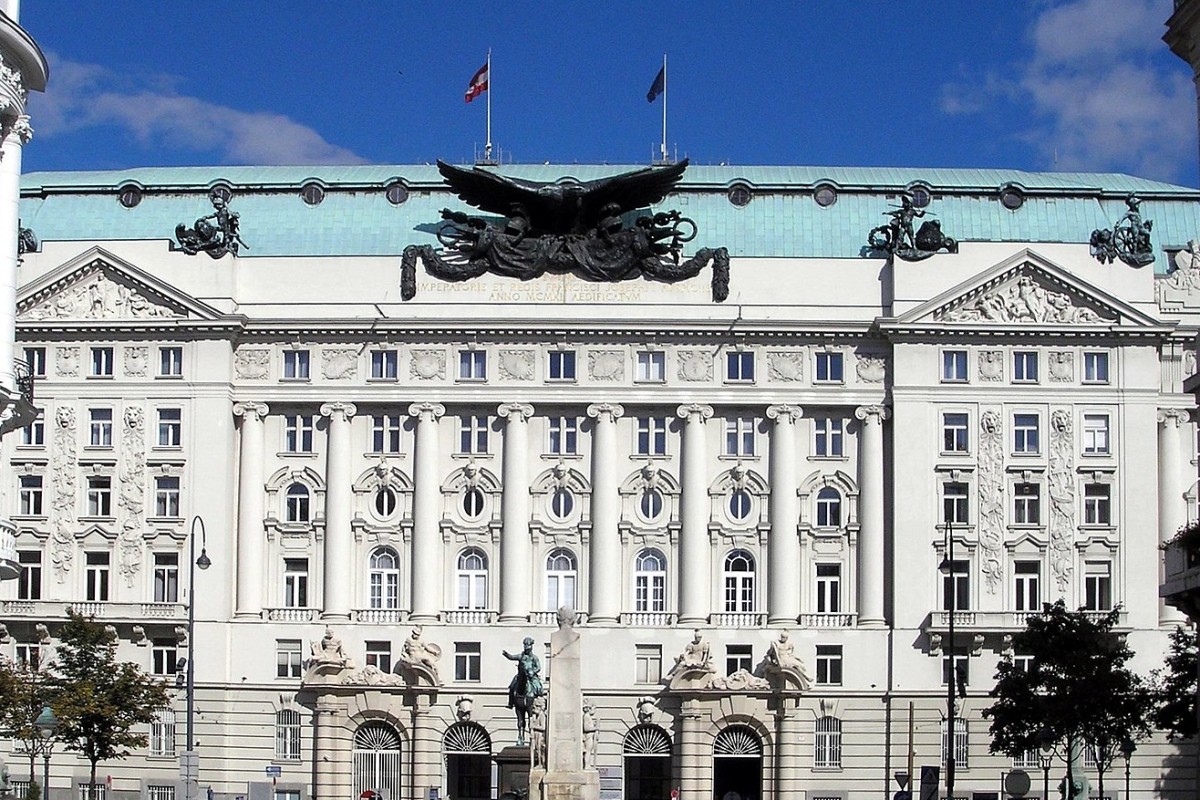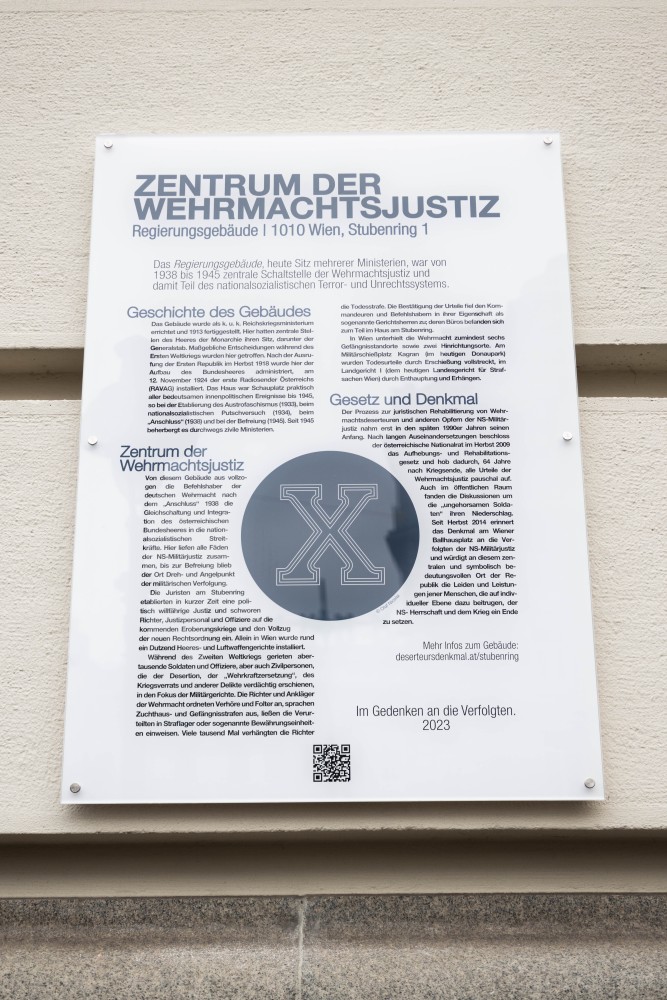Sponsored Content
New Memorial Plaque on Stubenring Commemorates Victims of the Nazi Regime
A commemorative plaque for the victims of Nazi military tribunals was unveiled today by Minister of Social Affairs Johannes Rauch, Minister of Justice Alma Zadić, Minister of Agriculture Norbert Totschnig and Minister of Labor and Economic Affairs Martin Kocher at the government building on Stubenring in Vienna.
 The Ministry of Social Affairs initiated a reappraisal of the history of the government building because, during the Third Reich, the building was the headquarters of the Wehrmacht judicial system. / Picture: © Wikimedia Commons, Gryffindor, CC BY-SA 3.0
The Ministry of Social Affairs initiated a reappraisal of the history of the government building because, during the Third Reich, the building was the headquarters of the Wehrmacht judicial system. / Picture: © Wikimedia Commons, Gryffindor, CC BY-SA 3.0

Austria is always trying to make amends and commemorate the many victims of the Nazi regime. Precisely because Austria participated in the atrocities of the Third Reich, Austria is not only a victim but also a perpetrator.
The government building at Stubenring 1 was erected in 1913 as the Imperial War Ministry of the monarchy. After the "Anschluss" in 1938, military justice was…
or Log In
Fast News Search





